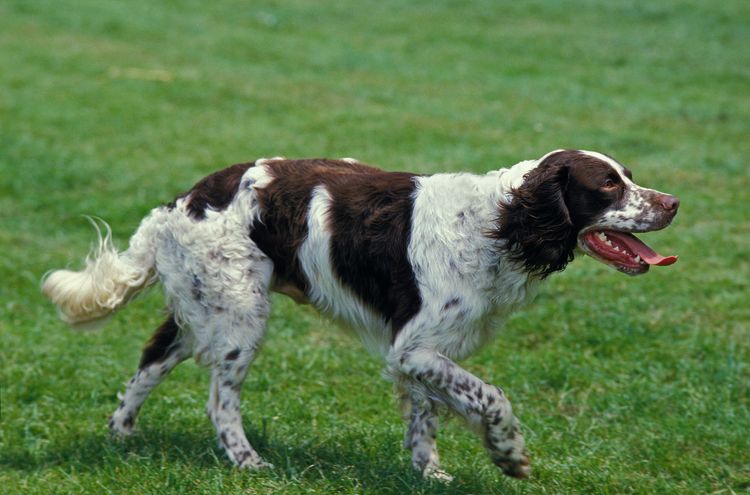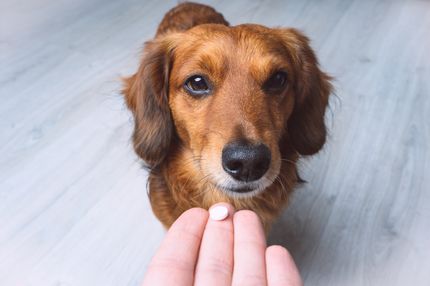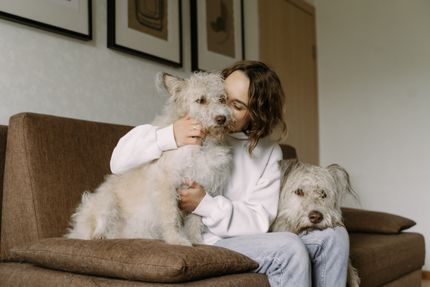Gagging in the dog without vomiting
By many dog owners is observed the phenomenon that the dog gags, but does not vomit. This unusual behavior can be worrisome, but what is behind it?
Reasons & signs: What triggers the gagging?
Gagging without vomiting can have several causes. Here are some of the most common:
- Foreign objects in the throat area: often gagging is caused by something blocking or irritating the dog's throat. This can also happen simply during play and tugging toys when something tickles the throat. In addition, it can also be a jumping over action by the dog. Grass can also tickle the throat and cause gagging without throwing up.
- Discomfort in the stomach area: sometimes a mild stomach upset can cause gagging without vomiting.
- Excessive stomach acid: Acidity in the stomach can also cause retching without vomiting.
- Coughing: Sometimes it is simply the way your dog coughs. If he has a cold or is scratching something in his throat. Coughing sometimes sounds like the dog is gagging and throwing up but nothing comes out.

The right time for a visit to the vet
It is not always easy to decide when a visit to the vet is necessary. However, the following signs should not be hesitated:
- Persistent gagging over a long period of time
- Noticeable changes in behavior
- Other health symptoms
Recommendations for action: What to do if your dog gags?
When a dog gags, it can be worrisome. Here are some steps that can be taken:
- Observe the dog for other symptoms
- Attempt to carefully remove the foreign body, if present
- Contacting a veterinarian if problems persist

Take precautions to prevent dog gagging.
Dog gagging without vomiting can be a serious health concern. Therefore, it is advisable to take preventative measures to minimize the risk. Here are some detailed strategies:
1.Regularly inspect the dog for foreign objects in the mouth.
- Inspection of the mouth: Regularly inspect the dog's mouth for foreign objects that could cause gagging.
- Providing safe toys: selecting toys that do not break easily or break into pieces that could be swallowed.
- Supervision during play: Supervising the dog while playing with small objects that could potentially be swallowed.
2. providing appropriate food that is easily digestible.
- Choosing the right food: considering the dog's age, breed, and health status when choosing food.
- Slow feeding: using special bowls that prevent rapid eating to reduce the risk of stomach upset and gagging.
- Regular meals: Establishing a consistent feeding schedule to keep the dog's digestive tract in optimal condition.
3. avoidance of foods or objects that may trigger gagging.
- Knowledge of dangerous foods: avoidance of foods that may be harmful to dogs, such as chocolate, grapes and certain nuts.
- Safe storage: storing small objects that could be swallowed out of the dog's reach.
- Educating the dog: Training the dog to avoid unwanted chewing or ingestion of foreign objects.
By implementing these measures, the risk of choking can be greatly reduced, and dog owners* can feel more confident that their furry friends are healthy and happy. However, it is always advisable to seek professional veterinary help if symptoms persist or are unexplained, and permanent.






















